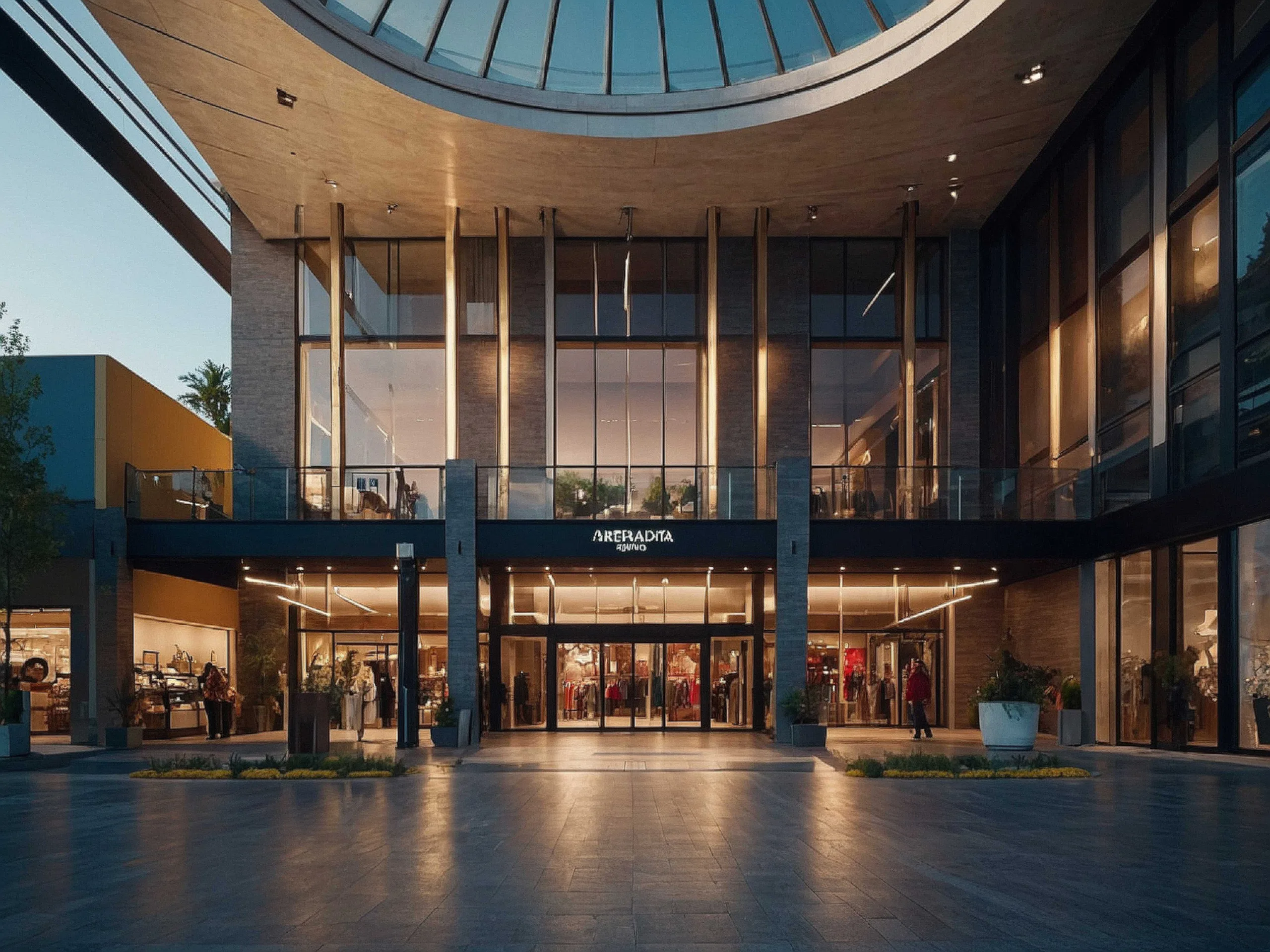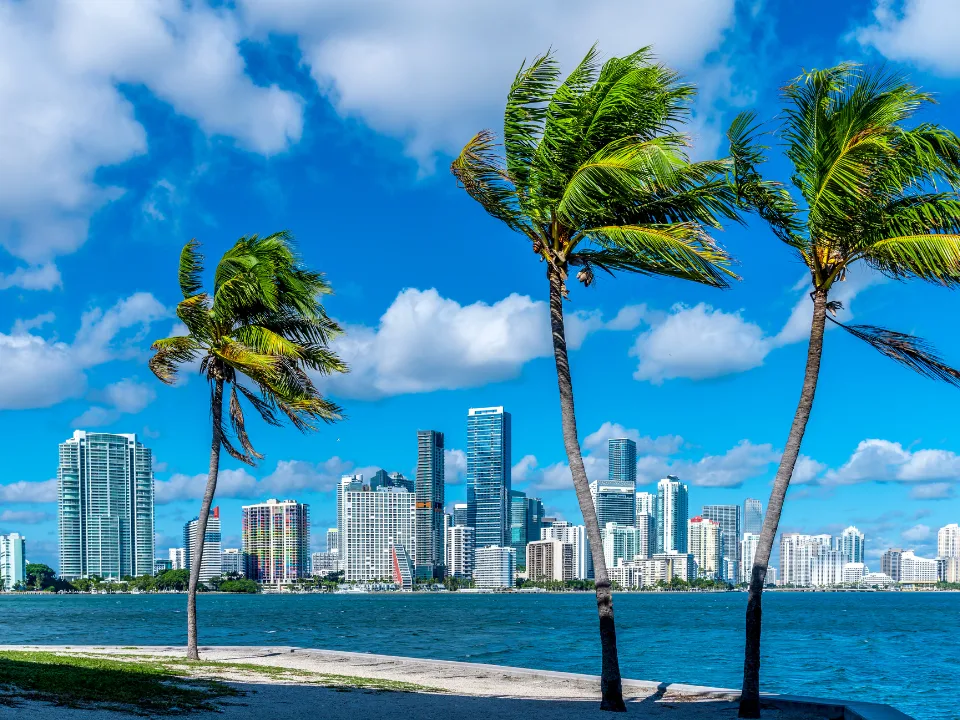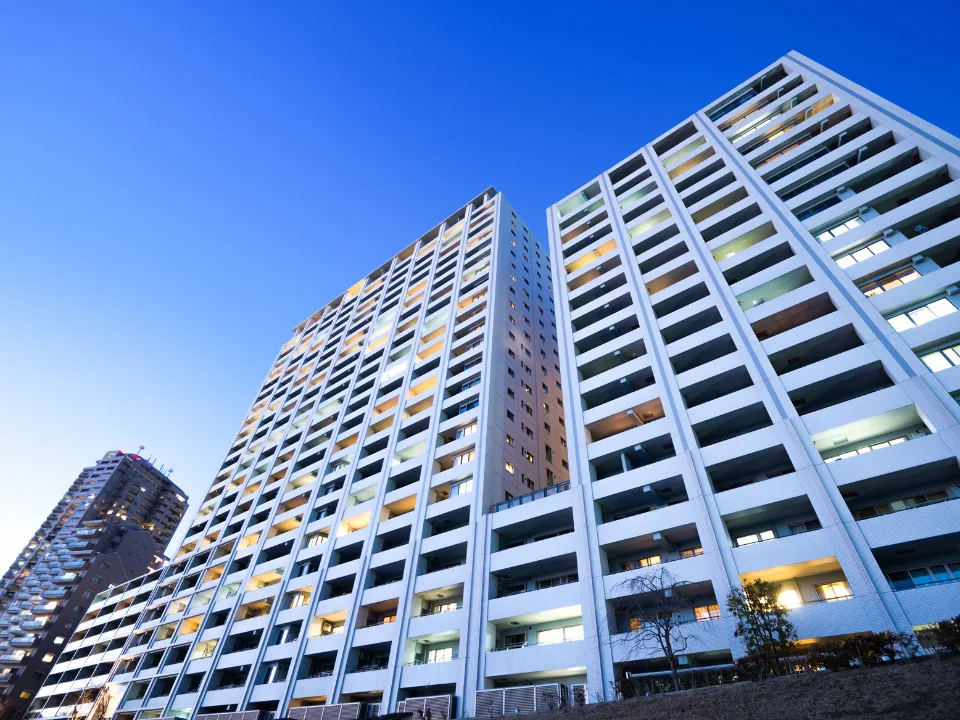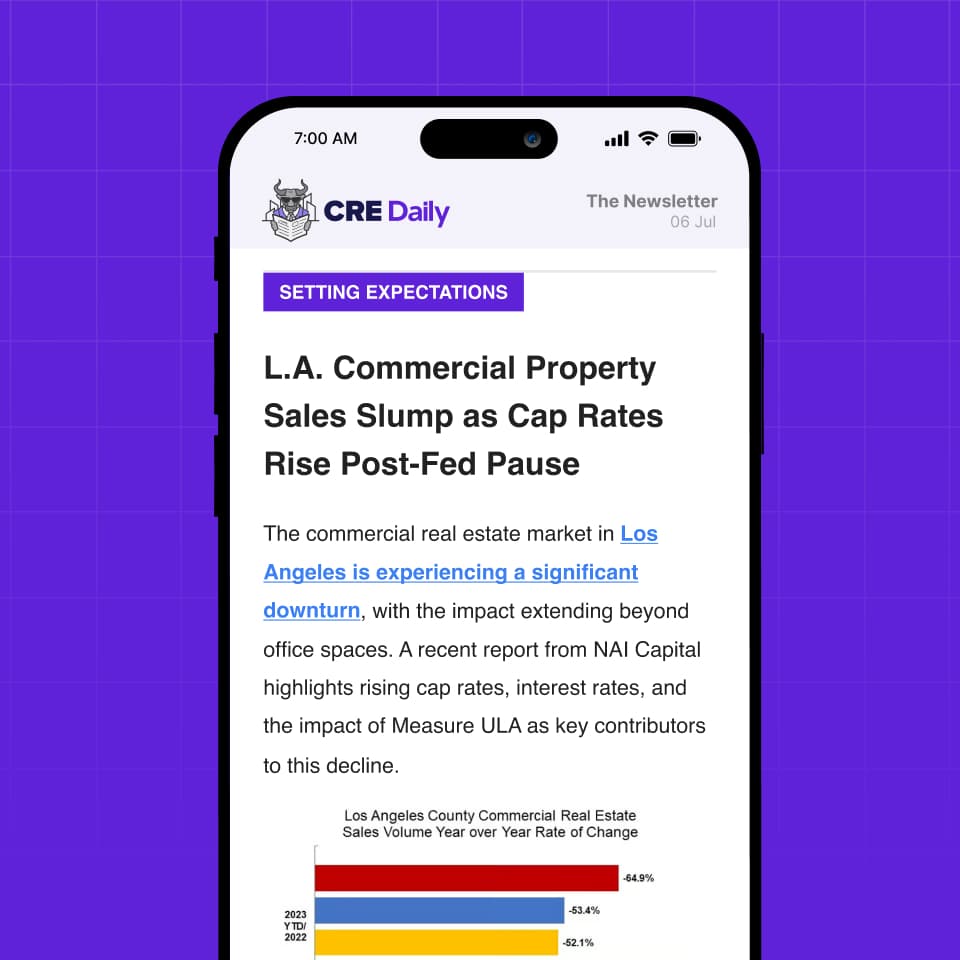- Major banks including JPMorgan, Goldman Sachs, and Bank of America have funded $1.8B in recent CMBS deals tied to high-performing malls in Texas and Florida.
- Lenders are focusing on luxury-anchored, high-traffic malls with strong fundamentals, even as retail vacancies and bankruptcies climb nationwide.
- The split in the market shows investor and lender appetite remains strong for top-tier retail assets, mirroring trends seen in high-quality office properties.
Lenders Circle The Cream Of The Crop
Despite ongoing store closures and bankruptcies across the US retail landscape, lenders are focusing on a niche segment of the market, reports CoStar. Their attention is shifting toward high-performing malls anchored by luxury retailers. In the past two weeks alone, three single-property CMBS deals totaling $1.8B have hit the market. Financing was led by some of the country’s largest banks, including Bank of America, Goldman Sachs, JPMorgan Chase, Morgan Stanley, and Wells Fargo.
This push marks a continuation of a robust year for mall-backed securitizations. According to CoStar, lenders have issued $7.8B in single-asset CMBS tied to mall properties so far in 2025. That’s nearly double the full-year total of $4B in 2024.
The Properties Behind The Deals
The recent CMBS financings back three super-regional malls that have proven to outperform the broader market:
- NorthPark Center, Dallas – Secured a $900M floating-rate loan. The 1.9M SF property reported $1.41B in 2024 sales and non-anchor tenant sales of $1,588 PSF—more than double the national average of $596.
- International Plaza, Tampa – Landed a $575M loan at 5.15%. The 980K SF center, anchored by Louis Vuitton and Gucci, achieved 98.8% occupancy and $779.8M in 12-month sales as of June.
- North Star Mall, San Antonio – Backed by a $300M loan at 5.75%. The 1.45M SF mall drew over 8M visitors and generated $450M in sales last year.
All three loans have low loan-to-value ratios and strong debt service coverage, according to Moody’s and Fitch. This signals lender confidence in the long-term viability of the properties.
Get Smarter about what matters in CRE
Stay ahead of trends in commercial real estate with CRE Daily – the free newsletter delivering everything you need to start your day in just 5-minutes
A Divided Retail Landscape
The renewed appetite for financing high-end malls comes amid a retail sector split between winners and laggards. Luxury-anchored malls in affluent markets are attracting capital. In contrast, secondary and struggling centers are experiencing tenant losses and declining revenue.
Retail bankruptcies from chains like At Home and Rite Aid have pushed vacancy rates higher. CoStar data shows that, for two consecutive quarters, tenant move-outs have outpaced move-ins. Fitch Ratings maintains a “deteriorating” outlook on the sector, citing slowing revenue growth and weakening discretionary spending.
Still, analysts say the divergence mirrors what’s happening in office: lenders are returning to top-tier assets that defy sector-wide pessimism.
Why It Matters
This wave of mall financing underscores a broader shift: in a bifurcated retail market, capital is consolidating around trophy assets. Investors are still willing to buy CMBS backed by premium retail properties. This is especially true when strong tenant sales and foot traffic go against broader market headwinds.
What’s Next
Lenders and investors continue to favor luxury-focused malls with strong fundamentals. As a result, more single-asset CMBS deals involving high-performing centers are expected heading into 2026. Analysts say a strong fourth quarter could further reinforce this trend, especially if retail sales hold up during the holiday season.

















